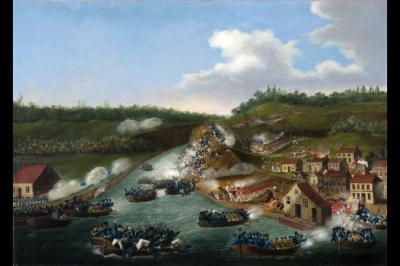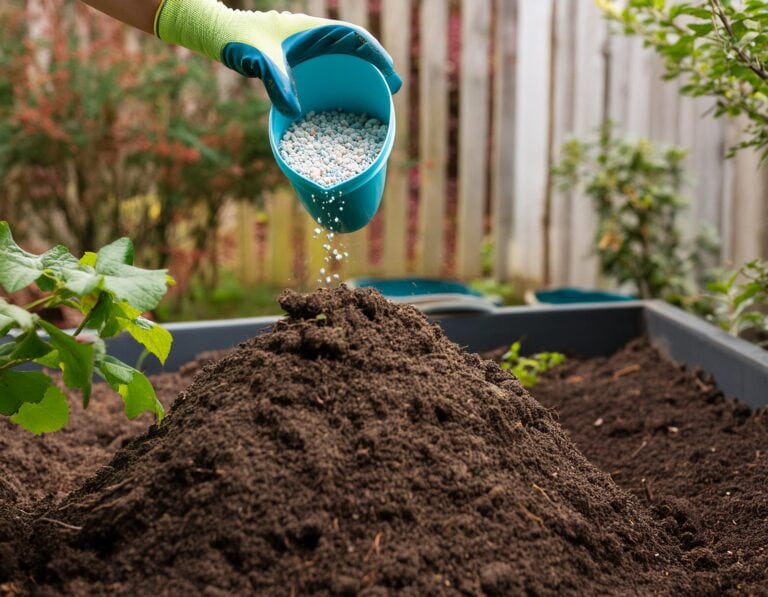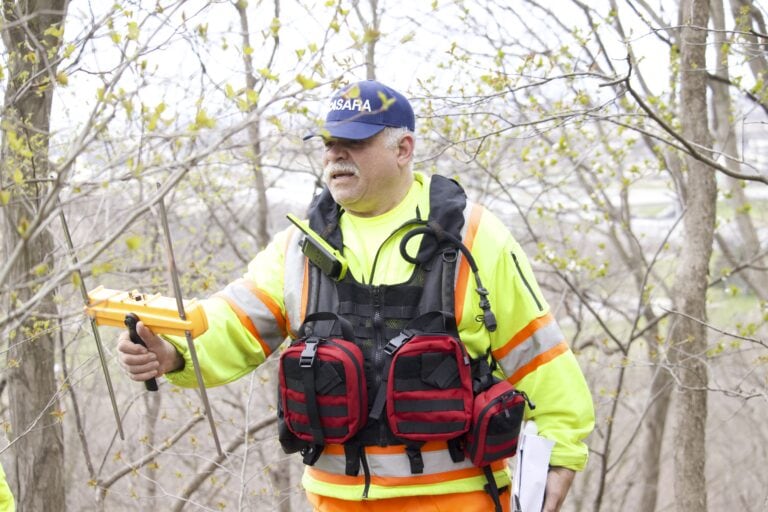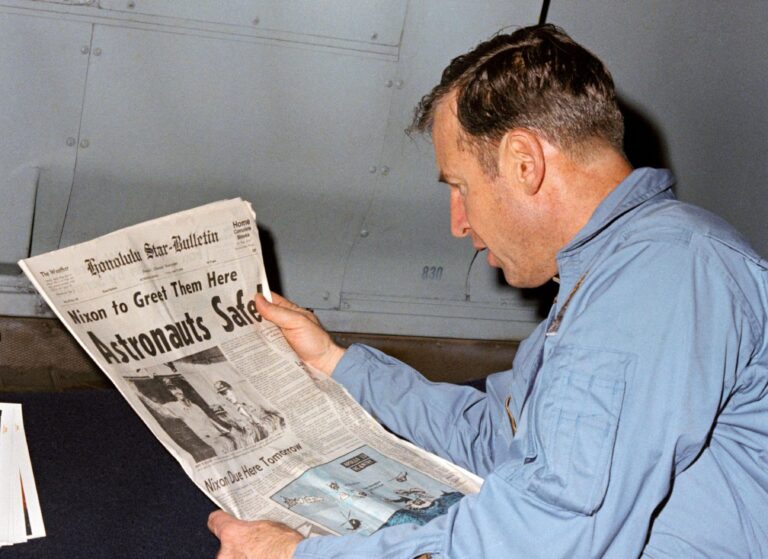This is the second in a four-part series based on a talk given as a part of the Niagara Historical Society’s lecture series. Because of the pandemic, the series, “All along the Waterfront” was done via Zoom. All of the talks are available online through the Niagara-on-the-Lake Museum.
Queenston was a busy inland port in the late 1700s.
Rosanne Fedorkow, a former Queenston historian, wrote that by 1795, “It was not uncommon that four vessels of sixty to one hundred tons each were unloading at the same time (at the Queenston dock). Sixty wagons were loaded in a day to take goods to the Upper Landing (Chippawa)”
By 1811, just before the War of 1812, there were 300 inhabitants living in 60 houses. There were six stores – and 13 taverns.
At the time, an American visitor described Queenston as a ”small but hands-on village, with most houses built of stone or brick, large and well-furnished. It is also a place of considerable trade and inhabited by a civil and rich people.”
It’s worth noting that there have been claims that many buildings in Queenston survived the War of 1812, but looking around the village today, these large stone and brick houses are simply not there.
In fact, some years later it was noted that an acre of land just after the war was selling for one-tenth of a penny, although by the mid-19th century it had gone up to $35 or $40 per acre.
Industries included a nail factory, woollen mills, a tannery, distillery, iron foundry and steel maker. Stevedoring was also an important job, as was ferrying goods from Lewiston, N.Y.
Taken along with the horses and oxen that were carrying goods over the portage road, the smell must have been horrendous.
Much of this prosperity supposedly ended in 1829, with the opening of the first Welland Canal. A simple list of the hotels that were active during the 19th century calls this into question.
The Hamilton House was founded in 1830, the Queenston Hotel in 1850, the Wadsworth Hotel in 1869, the Palmer Hotel in 1880 and the Seburn Hotel in 1886.
By 1959, however, only two buildings that had been hotels were still standing.
What began as the Wadsworth hotel is now South Landing. Although there has been a building on this site since 1801, the original building probably isn’t the one that’s there today.
Over the years, the hotel was known as Prospect House, Frontier House and River Landing. There were always rooms to rent, even in the 1950s when it also served as a craft centre.
The other hotel identified as still standing, is the Brown-Bassil house, which is now a private residence.
Besides renting rooms to travellers, the hotels were often used for other businesses, such as bootlegging.
From the days that Robert Hamilton’s distillery was in production to the time of prohibition in the United States, liquor found its way to the American side of the river. The cellar under South Landing was particularly convenient for storage.
Of course, by the mid-20th century the liquor trade occasionally moved in the other direction.
When Ontario liquor laws prevented the purchasing of alcohol on a Sunday, Queenstonians would often walk across the bridge to Lewiston to enjoy a pint and a meal. Because it was cheaper in the States, they often brought liquid souvenirs back with them for later in the week.
In 1835, the Erie and Ontario Railway Company was incorporated to build a line between Queenston and Chippawa – the old portage route. Brothers Alexander and John Hamilton, who were Robert’s sons, owned the company. It’s worth noting they were also building their grand houses, Willowbank and Glencairn, at the time.
William Hamilton Merritt and his business partners were opposed to the railroad. As the owners of the Welland Canal, they were concerned about competition.
However, the entire railway consisted of horse-drawn carriages, which were not as useful as ships for transporting goods. The entire route of the E and O Railway was open by 1841.
In 1854, steam trains were introduced, making the transporting of goods more practical. As a result, lines were built to the already functioning Queenston Quarry.
Later, in 1892 the Niagara Falls Park and River Railway was incorporated. Like its horse-drawn predecessor, the E and O, it ran from Chippawa to Queenston, and used single cars.
The tourist trade was in full swing.
Next: Queenston’s connection to the American side.











